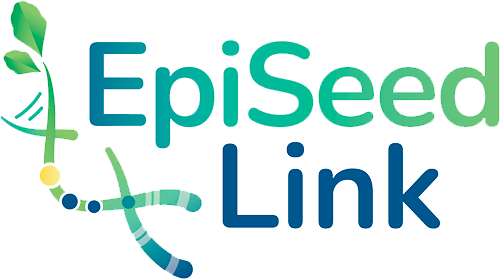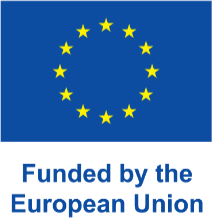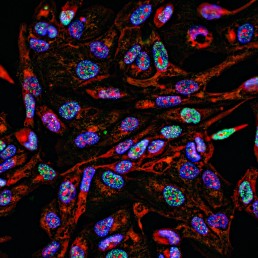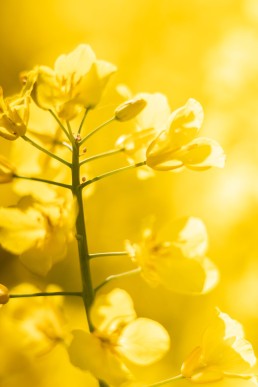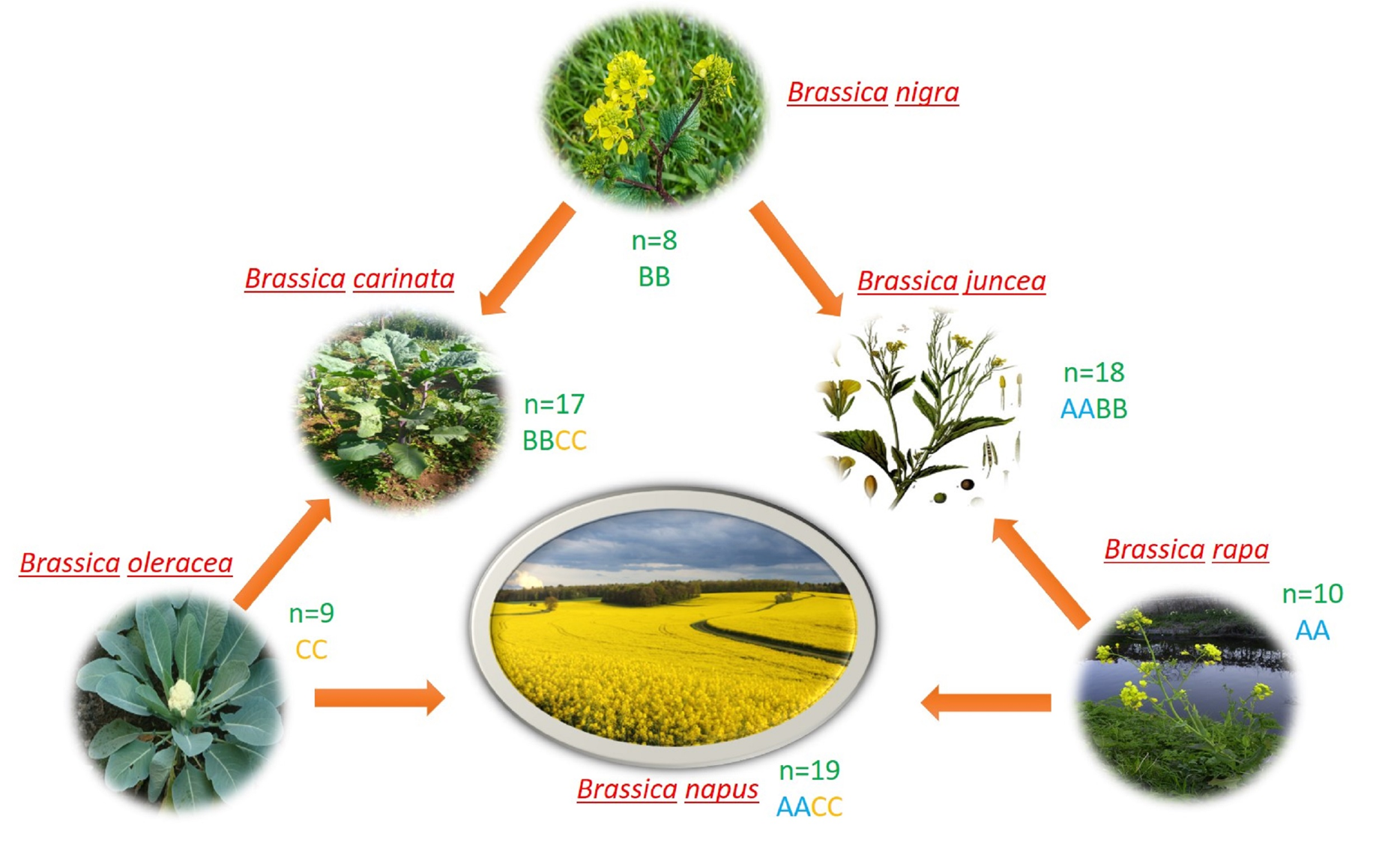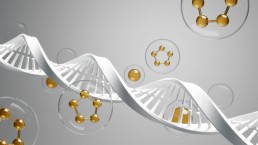Immunoflorescence technique used in epigenetic research
As researchers, most of us currently perform Western Blots and PCR, but working in the field of epigenetics, we can use other techniques.
Immunofluorescence is an immunohistochemistry technique that uses fluorophores to visualize cellular antigens, such as proteins.
This technique can be utilized to visualize the localization of various cellular components within cells and within cell compartments.
In epigenetics, it's largely used to observe the distribution of different histone modifications or histone variants and so to have an idea of the nuclear organization and chromatin landscape.
For instance, this allows us to see heterochromatic and euchromatic regions within the nucleus and how their distribution changes in different conditions.
The key steps of the protocol are:
-
- Fixation with formaldehyde, to prevent the degradation of your sample
- Incubation with a primary antibody that specifically recognizes the protein of interest or the PTM of interest
- Incubation with a secondary antibody coupled to a fluorophore and, if your protein interacts with DNA don't forget to stain your sample with DAPI!
- Observation with a fluorescence microscope or a confocal microscope
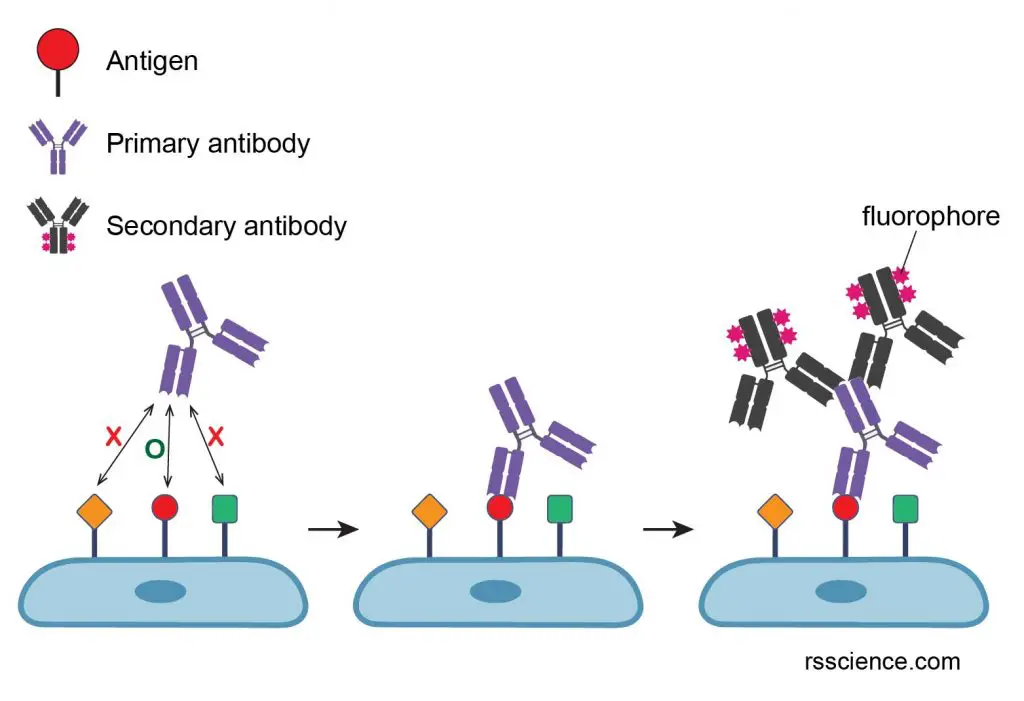
Text by Stefania Paltrinieri, PhD Student EpiSeedLink Marie Skłodowska-Curie Actions
Frontal image by Nicola Ferrari
Evolution of Brassica napus
- Brassica napus is a crop species of economic importance. It is cultivated worldwide as oil and livestock crops.
- It belongs to the genus Brassica, tribe Brassiceae of the family Brassicaceae.
- The genus Brassica includes many important crops. Among them, relationship of six species formed the model of U’s triangle, with three basic diploid species B. rapa (A genome, n = 10), B. oleracea (C genome, n = 9) and B. nigra (B genome, n = 8) gave rise to three amphidiploid species B. napus (AC genome, n = 19), B. juncea (AB genome, n = 18) and B. carinata (BC genome, n = 17).
Text by Shreyas Padmanabha Sharma Beedubail, PhD Student EpiSeedLink Marie Skłodowska-Curie Actions
Source:
- X. Wang and C. Kole (eds.), The Brassica rapa Genome, Compendium of Plant Genomes, 2015, DOI 10.1007/978-3-662-47901-8_1
- By Kumar83 - Own work, CC0, https://commons.wikimedia.org/w/index.php?curid=8946874
- By Ztmcfaul - Self-photographed, Public Domain, https://commons.wikimedia.org/w/index.php?curid=84890196
- https://encrypted-tbn0.gstatic.com/licensed-image?q=tbn:ANd9GcTEkOpTlpXlCIqz0w1asz-Y9NItAuLu5wliax0MYZqstG8qNP2YPdLseX5j6S7Q16ulNpBkr6GLz34sGQ0
- By Walther Otto Müller - List of Koehler Images, Public Domain, https://commons.wikimedia.org/w/index.php?curid=255508
- By TeunSpaans - Own work, CC BY-SA 3.0, https://commons.wikimedia.org/w/index.php?curid=96733
- By Photo: Myrabella / Wikimedia Commons, CC BY-SA 4.0, https://commons.wikimedia.org/w/index.php?curid=33781153
- https://en.wikipedia.org/wiki/Triangle_of_U
DNA methylation lecture
This lecture will illustrate the DNA methylation landscape, specially focused on DNA methylation in plants.
It is part of the training of doctoral students from the EpiSeedLink consortium.
Fellows will learn among other topics about:
-
- Mammalian methyltransferases
- DNA methylation and genomic imprinting
- DNA methylation in Plants
- Selected functions of DNA methylation in Plants
The conference is given by Dr. Ueli Grossniklaus, one of the EpiSeedLink Supervisors, belonging to the Department of Plant and Microbial Biology of Zurich University.
Frontal image by <a href="https://www.freepik.es/foto-gratis/concepto-representacion-adn_44999160.htm#page=2&query=DNA%20methylation&position=20&from_view=search&track=ais&uuid=2c1dcf5f-91fc-4b24-a947-016a83c040ea">Freepik</a>
